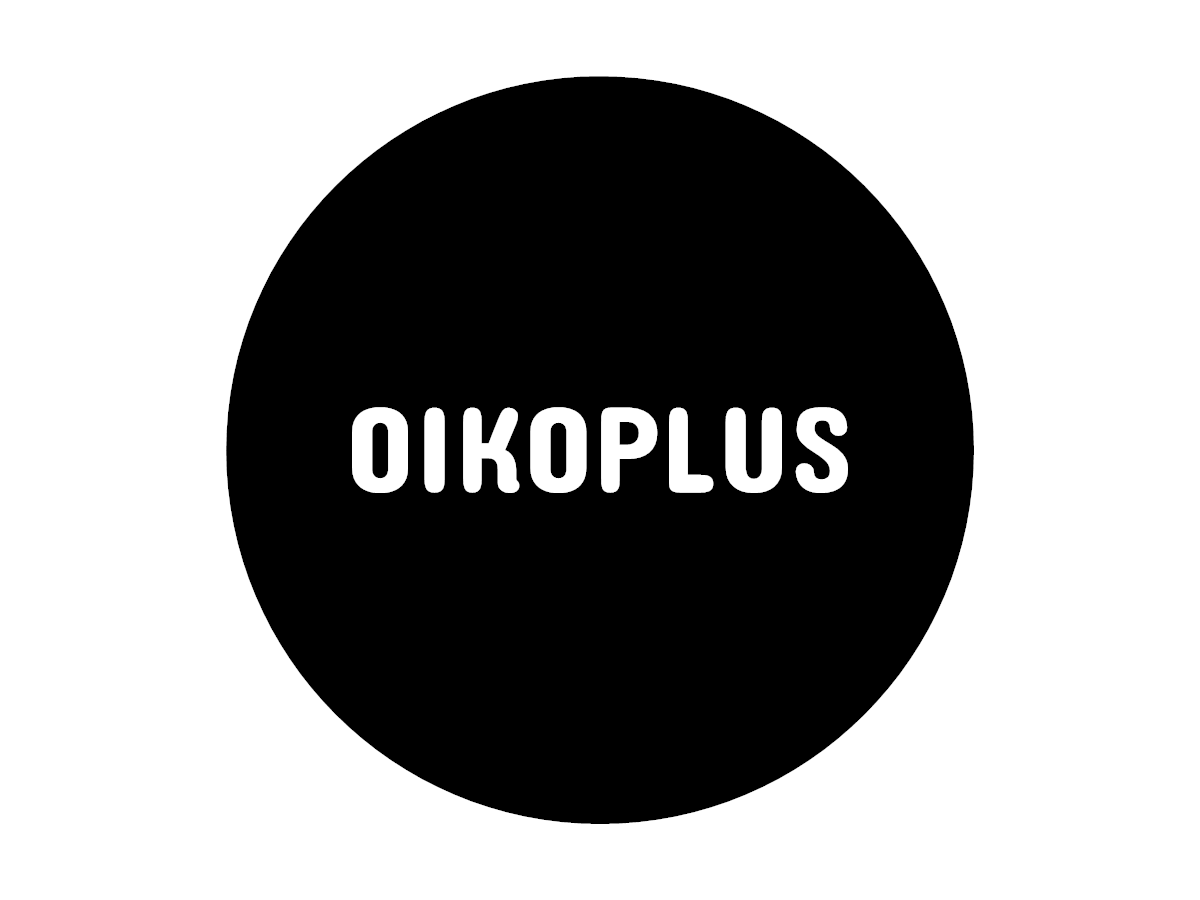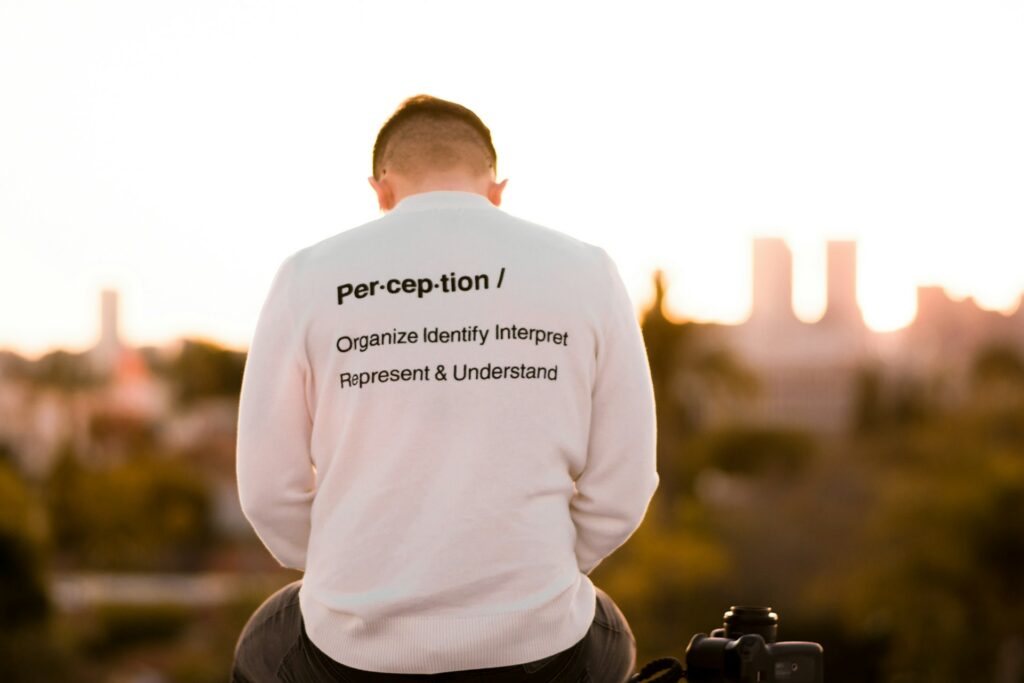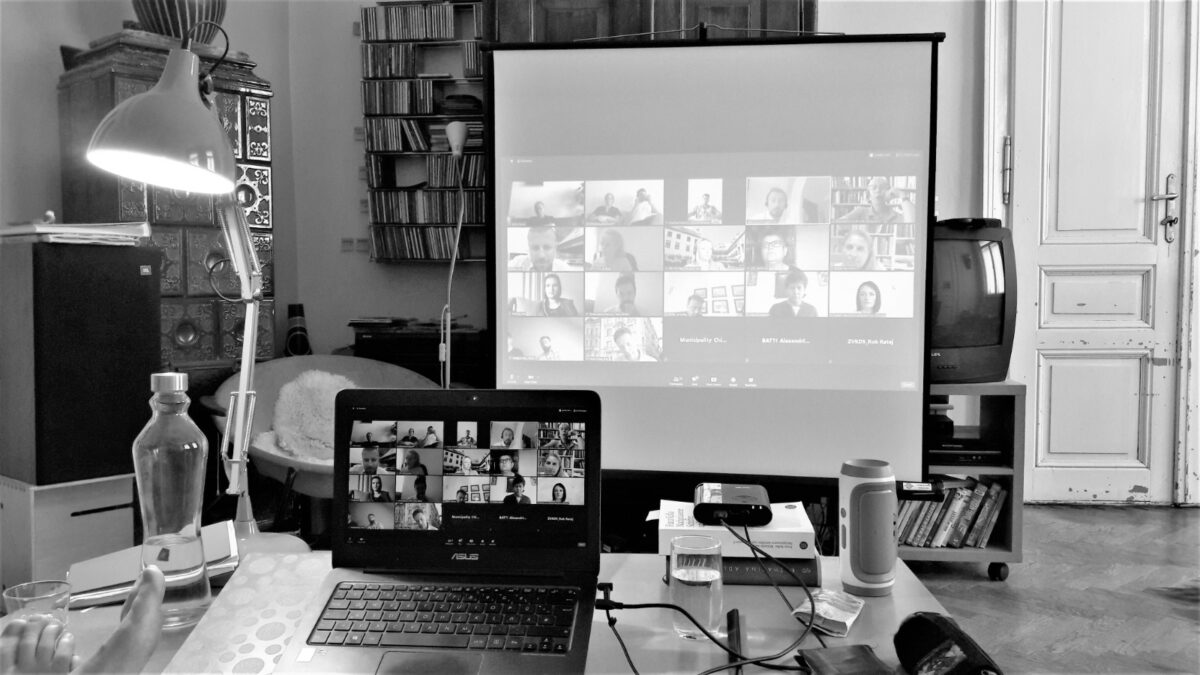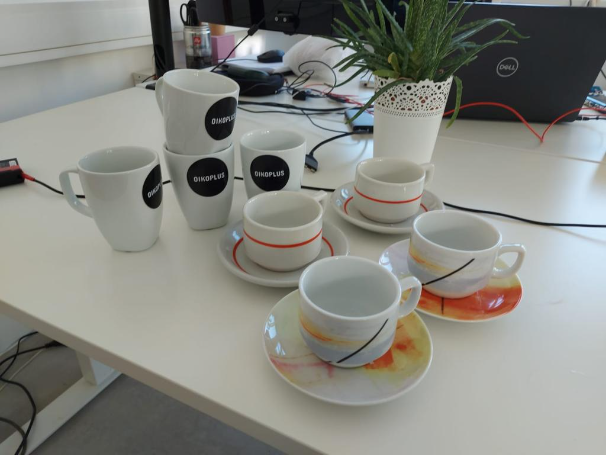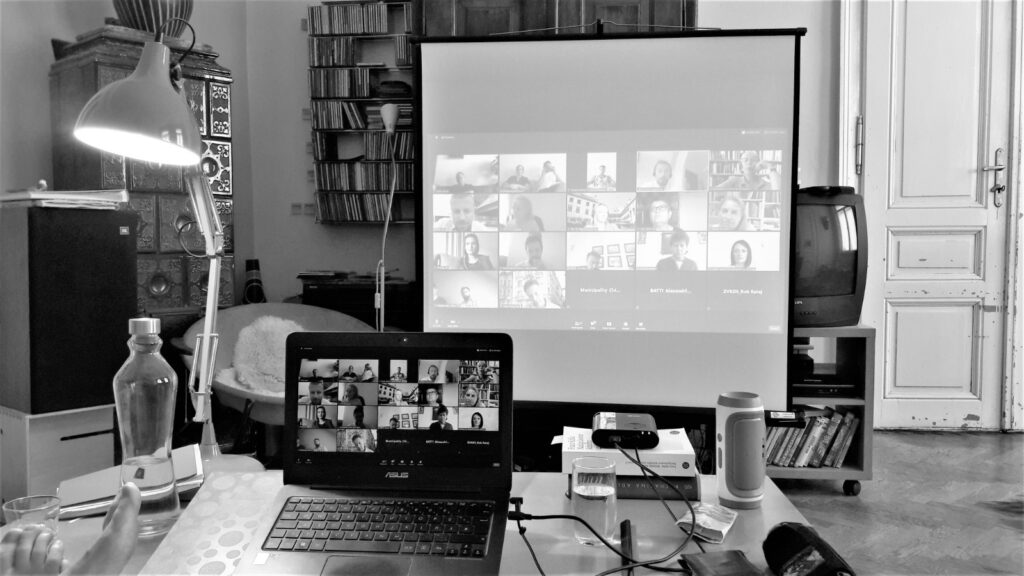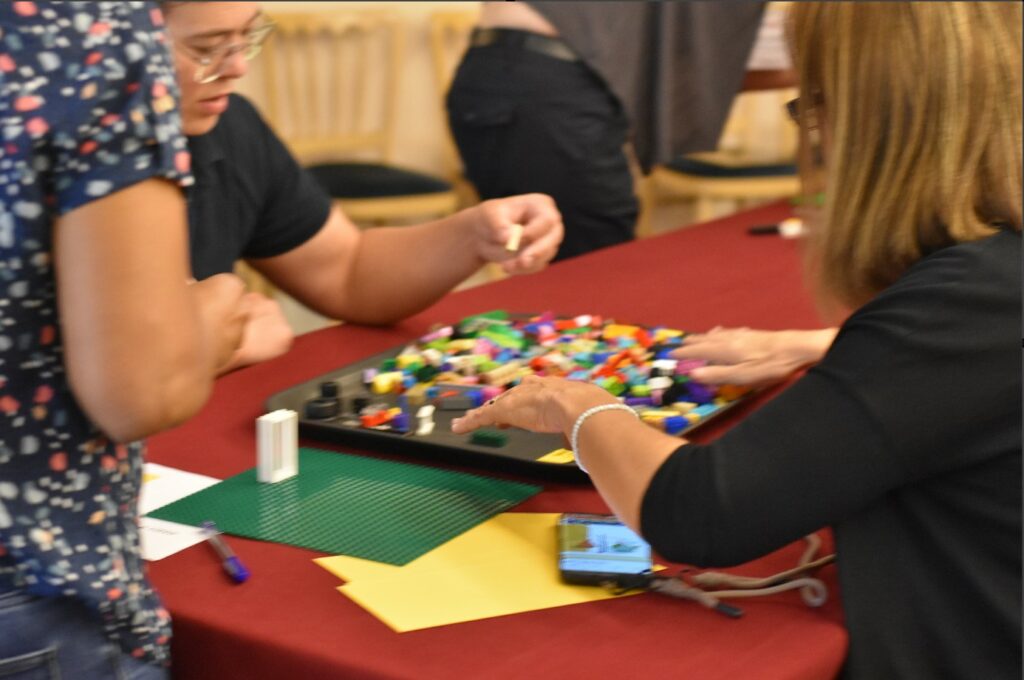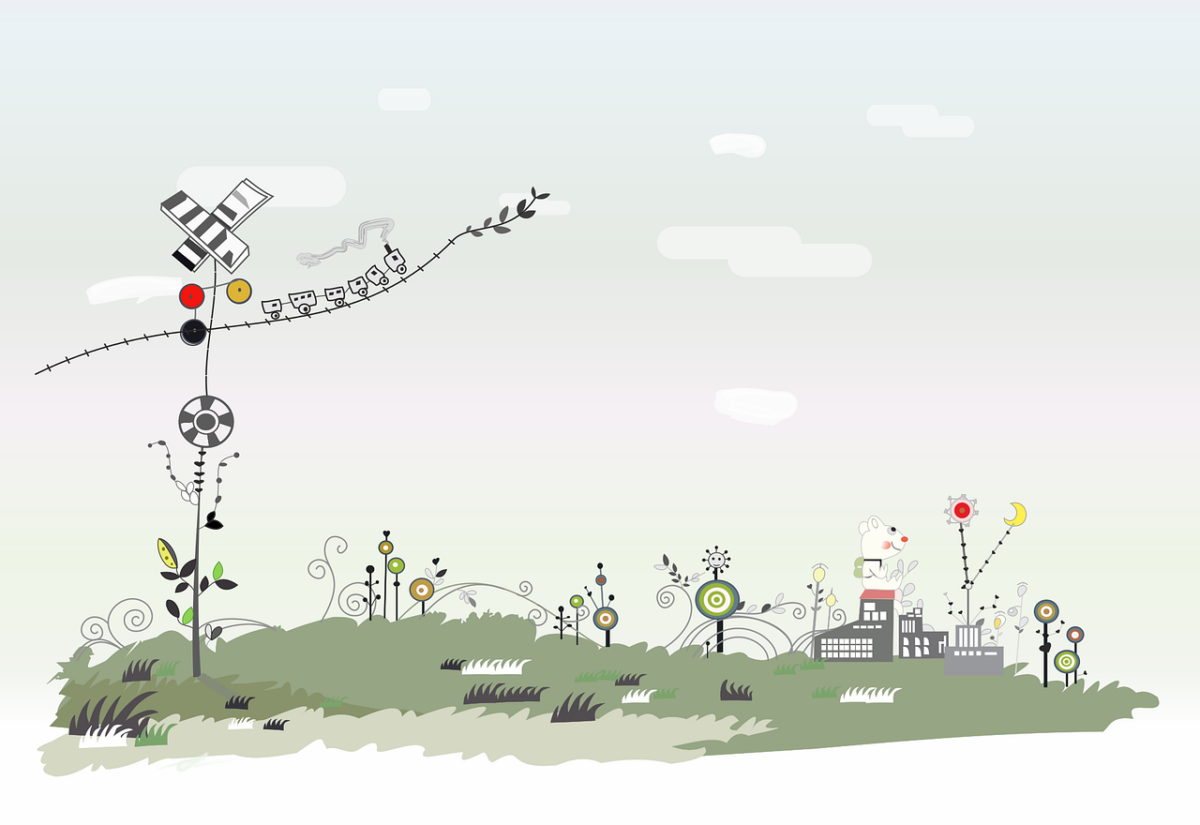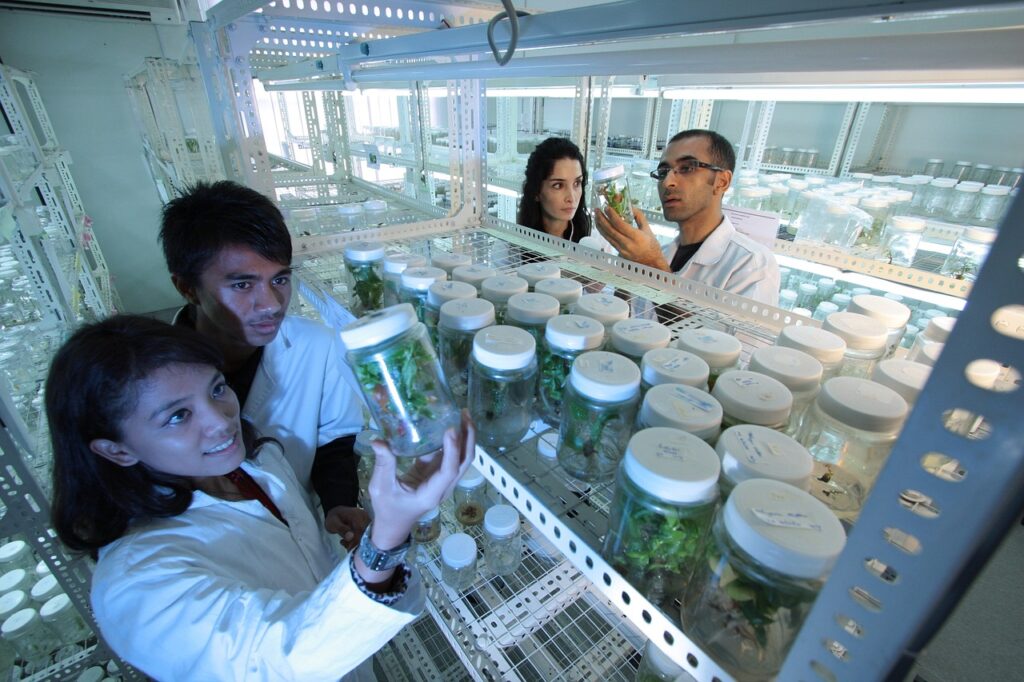Space industry is undergoing rapid change. At Oikoplus, we are accompanying this change. And in Reading List #041, we hint you to some good reads explaining what’s happening in space right now.
With two of the EU-funded projects in which we at Oikoplus are involved, Europe is laying important foundations for future space ecosystems: our Domino-E project is about utilising European Earth Observation (EO) satellites as efficiently as possible in order to provide satellite images of the Earth as quickly and cheaply as possible. And our EU-RISE project is about advancing in-space servicing, assembly and manufacturing (ISAM) technologies.
The ‘Space Age’ has strongly coined our collective and (pop) cultural idea of space travel. How this came about can be read in Far Out Magazine, for example. To this day, large (multi)national science and technology projects are proverbially compared to NASA’s moon landing programme.
The Apollo programme, which led to the moon between 1961 and 1972, is just one example of the space industry of days gone by. The space sector is evolving from large programmes and missions to modular systems. Future space ecosystems will be defined by many players of all sizes, commercial providers for different tasks from logistics and communication to the development of specific sensors, experimental setups and specialised technologies used in space. The European Space Agency’s (ESA) Technology Strategy sets out how this transformation should take place from a European perspective. Large system integrators such as Airbus play just one role among many – albeit an important one.
A new phase of Earth Observation
In recent years, a large number of new business models have emerged in the space sector. Projects that are essentially based on private investment are often referred to as “New Space”. Companies such as SpaceX, for example, which offer comparatively inexpensive transport options into orbit, are putting pressure on established players. Added to this are the national space programmes of up-and-coming space nations, which are also breathing fresh air into the industry. Europe is responding to this development, and maintaining Europe’s position in the space sector is a concern that the EU is supporting through projects such as Domino-E and EU-RISE.
ESA has listed six trends in the field of Earth Observation that characterise the upheaval that is currently underway. Over the past thirty years, Europe has been able to hold its own in the international EO competition. In 1972, the first non-military American Earth observation satellite, Landsat1, was sent into orbit. This was followed in 1986 by the French SPOT1, the first European commercial observation satellite. Since then, the European system integrator Airbus has established itself as the second biggest provider in this market behind Maxar (USA). The Domino-E project, in which Oikoplus participates as part of a multinational consortium, led by Airbus, contributes to the adaptation of European EO capacities to the New Space Age by increasing the competitiveness of EO systems operated in Europe, making them more efficient, more accessible and faster. More information on the project can be found at www.domino-e.eu.
Modular open-source robots: the workshop in space
Another field that is in a phase of fundamental economic and technological innovation is the field of robotic in-space servicing, assembly and manufacturing (ISAM), which involves carrying out mechanical work on satellites directly in-orbit. Numerous projects, technologies and individual modules have been developed in this field in recent years. This is because having robots carry out mechanical work in space is a key technology for space technologies in the future. After all, many satellites will be more cost-effiecient and more sustainable to operate if they can be repaired and upgraded – instead of being replaced by new ones.
The EU-RISE project, in which Oikoplus is involved, is making an important contribution here by analysing future business models for the operation of ISAM services and by linking already developed European components of ISAM systems and testing them in an end-to-end demonstrator. The open source strategy that EU-RISE is pursuing is intended to lead to the creation of standardised interfaces and systems that allow as many players of different sizes as possible to contribute to Europe’s ISAM technology.
Of course, Europe is not the only region in the world, and the European Union is not the only state actor seeking to secure its market share here. Large-scale ISAM strategies are also being pursued in the US. NASA’s ISAM State of Play provides a good overview of the technologies that could shape the future of space travel here.
At Oikoplus, we are pleased (and also a little proud) to be able to make a contribution to the European space activities by supporting the consortia of our space projects in their communication and dissemination. After all, space industry makes an enormous contribution to the opportunities we all have in our everyday lives, for research in a wide variety of fields and in understanding our universe. If you would like to get an overview of the areas in which Europe’s space sector is making a contribution, you can do so at EUSPA, the European Union Agency for the Space Programme.
When EU Commission President Ursula von der Leyen announced the EU Green Deal in 2019, she spoke of “Europe’s man on the moon moment”. A beautiful metaphor. And like the EU Green Deal, Europe’s path to the future of the space industry is a major task in which many are working together. And so are we.
